The following images are of some of the objects I got to see by avoiding the Moon. I have provided some examples of different exposure times too. I was using my Celestron 8” on a CG-5 mount and my MallinCam XT-828-II (i.e. Xterminator-II) with a MFR-5 focal reducer and no filters. I used the Miloslick Mallincam Control software with the gain was set to 1 for my viewing session.
I have noticed that when I post my screen captures on the web, they don’t show up as well as I see them on my monitor next to my scope, or even inside where I keep my lights dim when viewing. I normally do not like to perform any post processing after my viewing session, but I decided to try something that gives you a better feel for what I see when I am viewing. I used the Windows 10 picture viewer to open each image, clicked Edit and then clicked on the magic wand under Enhance your photo. This took less than 3 minutes to generate an enhanced version of each image that would give a better feel for how I saw them live (although this Enhance function does change the image detail some). I did not “play” with any of the Enhancement settings and just let it use the default enhancement method. For the following images, the original screen capture is on the left and the simple enhanced image is on the right. As I have said in another recent post, Video Astronomy is not about producing “picture perfect” images. It is more a live experience similar to a visual viewing session using eyepieces, but you are using a Video Astronomy camera instead.
Here is M51, the Whirlpool galaxy. Its Visual Magnitude is 8.01 and it is 28 Million light years away. This is a 30 second exposure with the real time Histogram low-middle settings at 1-116. As I noted, the image on the left is the actual screen capture, and the image on the right is the simple enhanced image I generated after my viewing session to give you a better feel for what I experience during a Video Astronomy session.
Here is M13, the Hercules Cluster, using 5 second screen updates. Its Visual Magnitude is 5.78 and it is 23,000 light years away.
Here is M57, the Ring Nebula, using 5 second exposures. Its Visual Magnitude is 8.8 and it is 1,400 light years away.
Next up was NCG6888, the Crescent Nebula, using 20 second updates. Its Visual Magnitude is 7.4 and it is 5,400 light years away. I had the real time Histogram low-middle settings at 15-96.
Here is M27, the very familiar Dumbbell Nebula, using 10 second exposures. Its Visual Magnitude is 7.09 and it is 1,400 light years away. The real time Histogram was set at 23-119.
When you go to bed early, and rise early, your viewing session has a definite end…when the Sun comes up its over! But I enjoyed the time I had. I covered up my telescope, walked inside and went to bed (again).

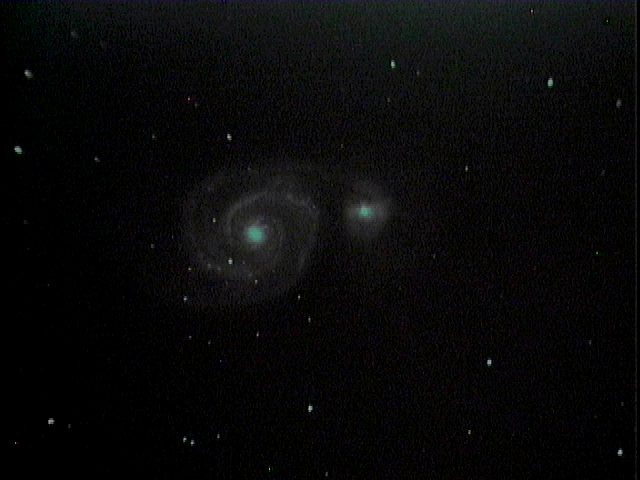


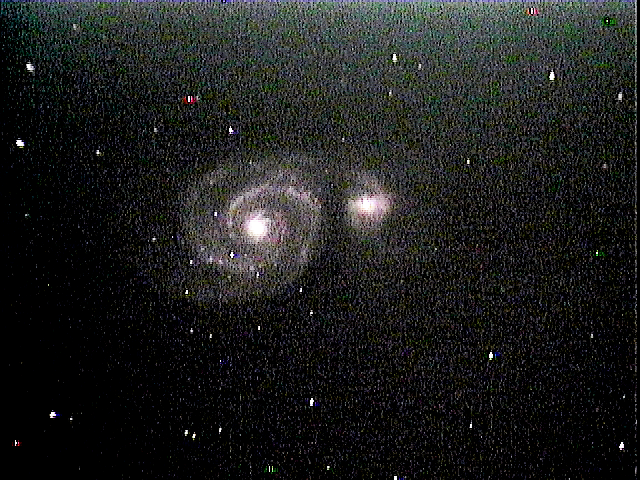
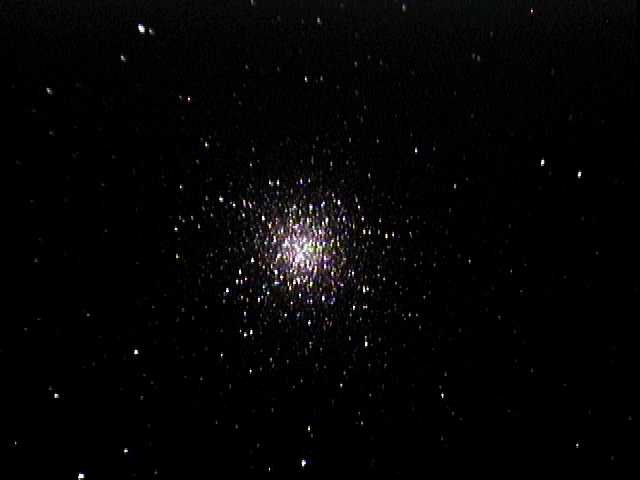

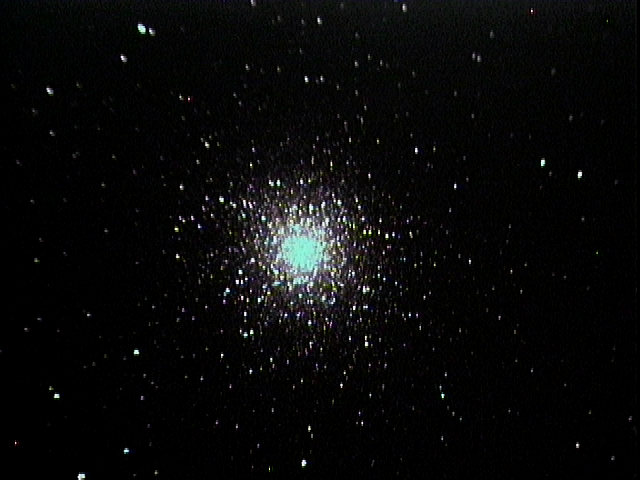
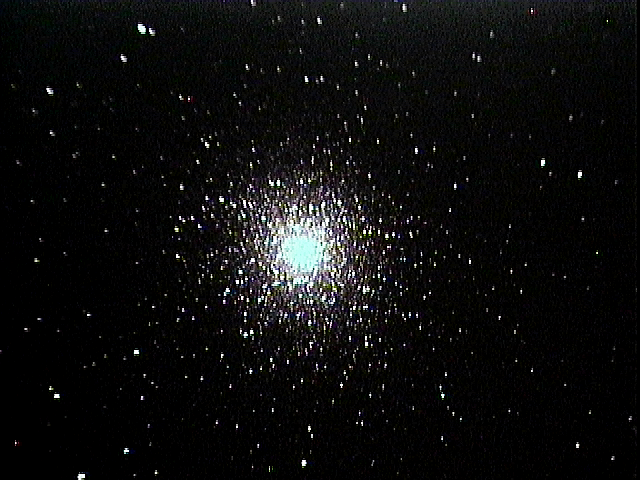
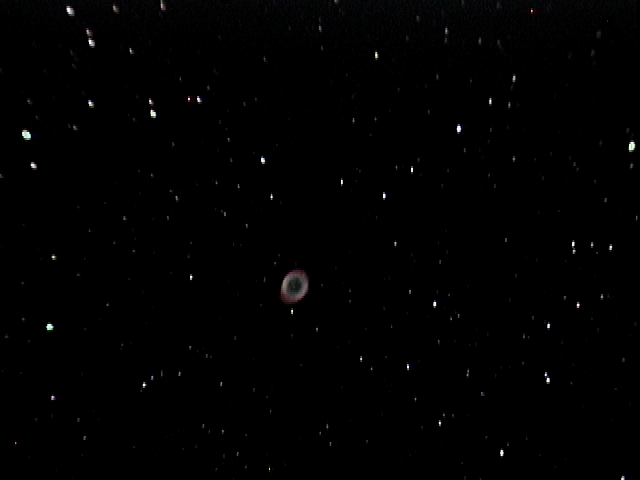
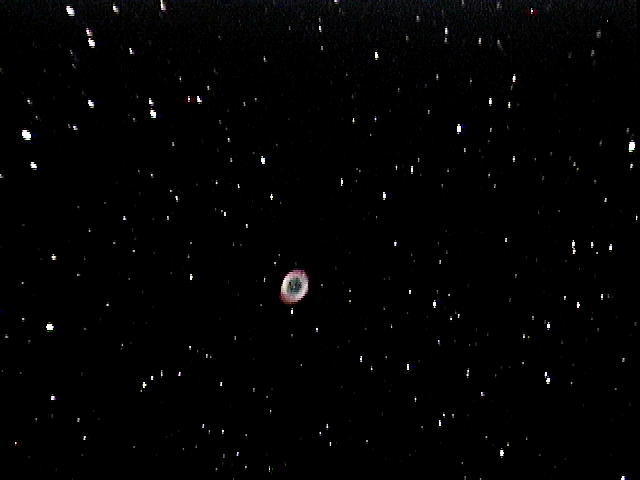
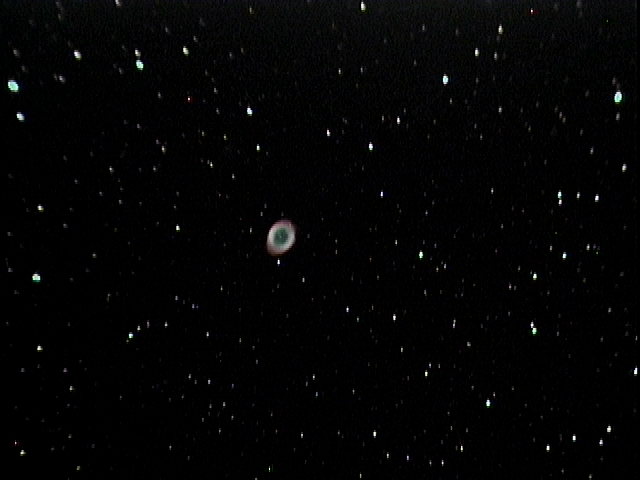
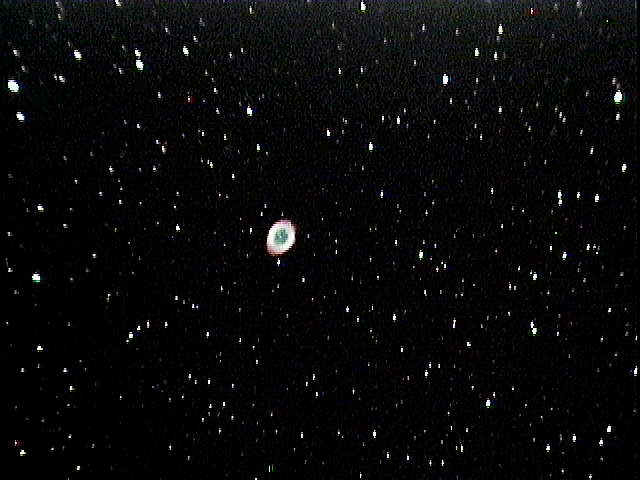
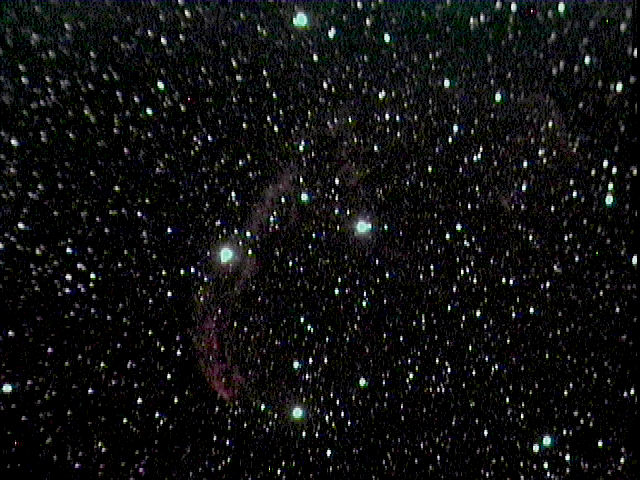
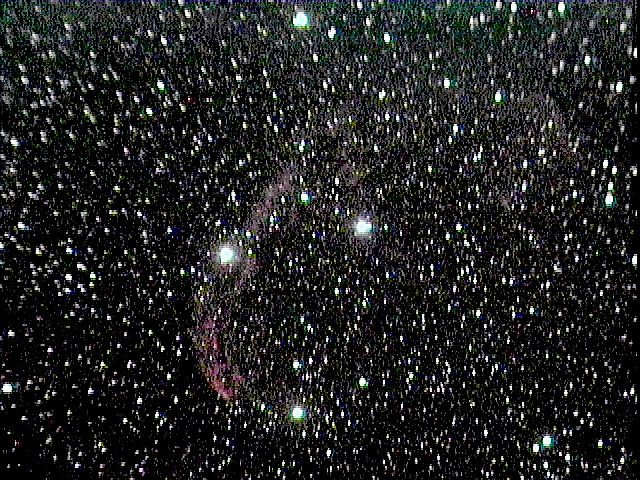
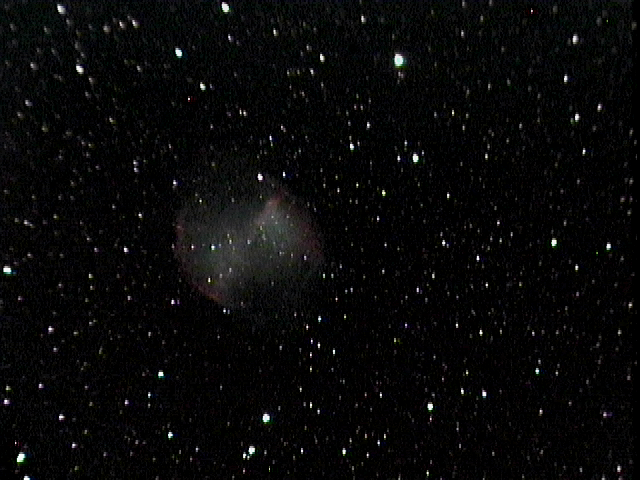

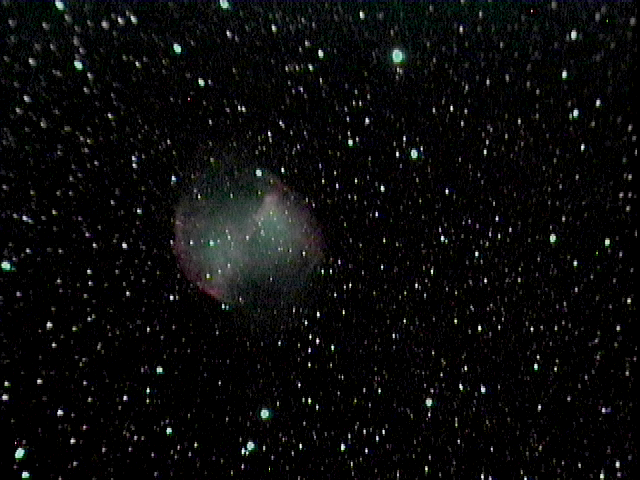
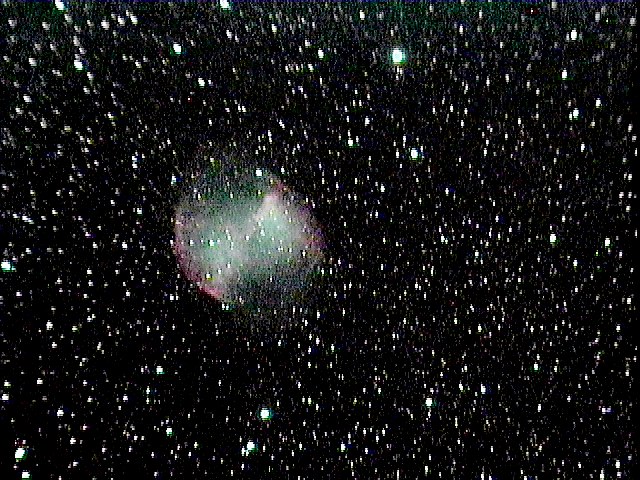
 RSS Feed
RSS Feed